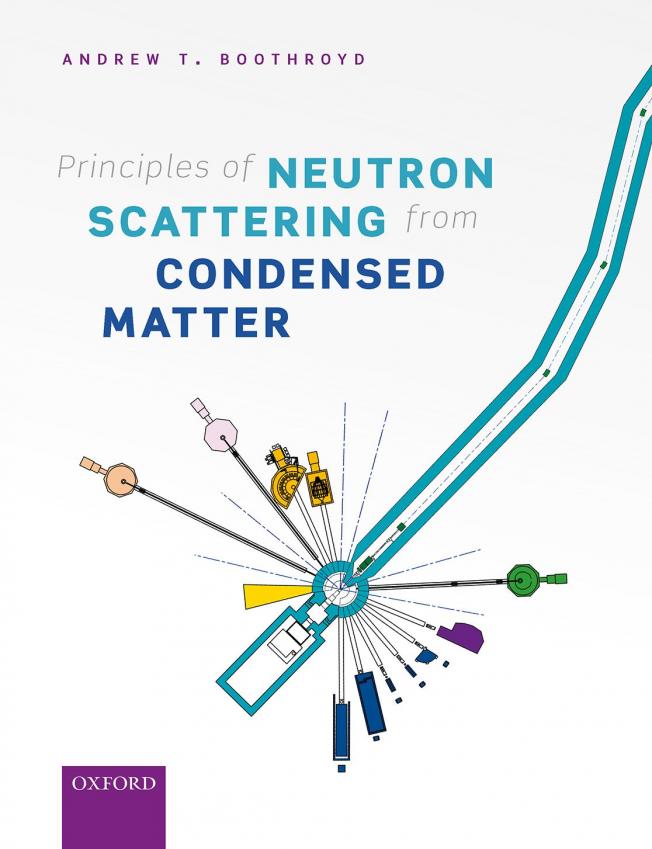Femtoscale magnetically induced lattice distortions in multiferroic TbMnO 3
Science 333:6047 (2011) 1273-1276
Abstract:
Magneto-electric multiferroics exemplified by TbMnO 3 possess both magnetic and ferroelectric long-range order. The magnetic order is mostly understood, whereas the nature of the ferroelectricity has remained more elusive. Competing models proposed to explain the ferroelectricity are associated respectively with charge transfer and ionic displacements. Exploiting the magneto-electric coupling, we used an electric field to produce a single magnetic domain state, and a magnetic field to induce ionic displacements. Under these conditions, interference between charge and magnetic x-ray scattering arose, encoding the amplitude and phase of the displacements. When combined with a theoretical analysis, our data allow us to resolve the ionic displacements at the femtoscale, and show that such displacements make a substantial contribution to the zero-field ferroelectric moment.Femtosecond dynamics of the collinear-to-spiral antiferromagnetic phase transition in CuO
(2011)
Antiferromagnetic spin fluctuations in LiFeAs observed by neutron scattering
Physical Review B - Condensed Matter and Materials Physics 83:22 (2011)
Abstract:
We report neutron inelastic-scattering measurements on the stoichiometric iron-based superconductor LiFeAs. We find evidence for (i) magnetic scattering consistent with strong antiferromagnetic fluctuations and (ii) an increase in intensity in the superconducting state at low energies, similar to the resonant magnetic excitation observed in other iron-based superconductors. The results do not support a recent theoretical prediction of spin-triplet p-wave superconductivity in LiFeAs but instead suggest that the mechanism of superconductivity is similar to that in the other iron-based superconductors. © 2011 American Physical Society.Cu3Nb2O8: a multiferroic with chiral coupling to the crystal structure
(2011)
Itinerant spin excitations in SrFe2 As2 measured by inelastic neutron scattering
Physical Review B - Condensed Matter and Materials Physics 83:21 (2011)


